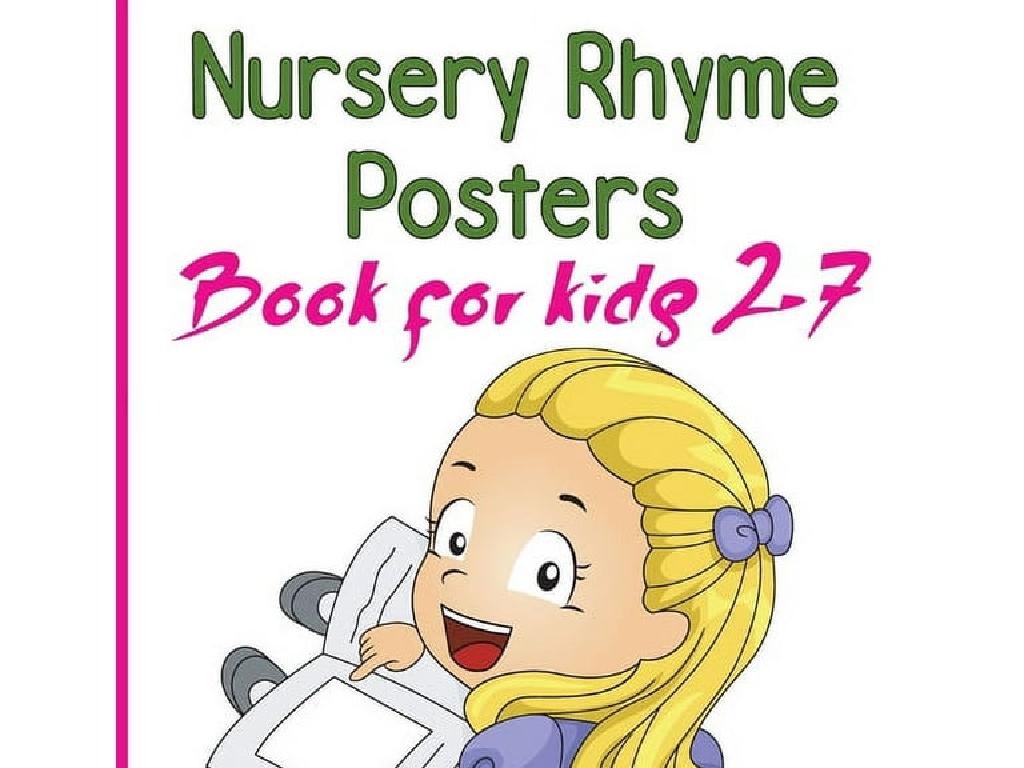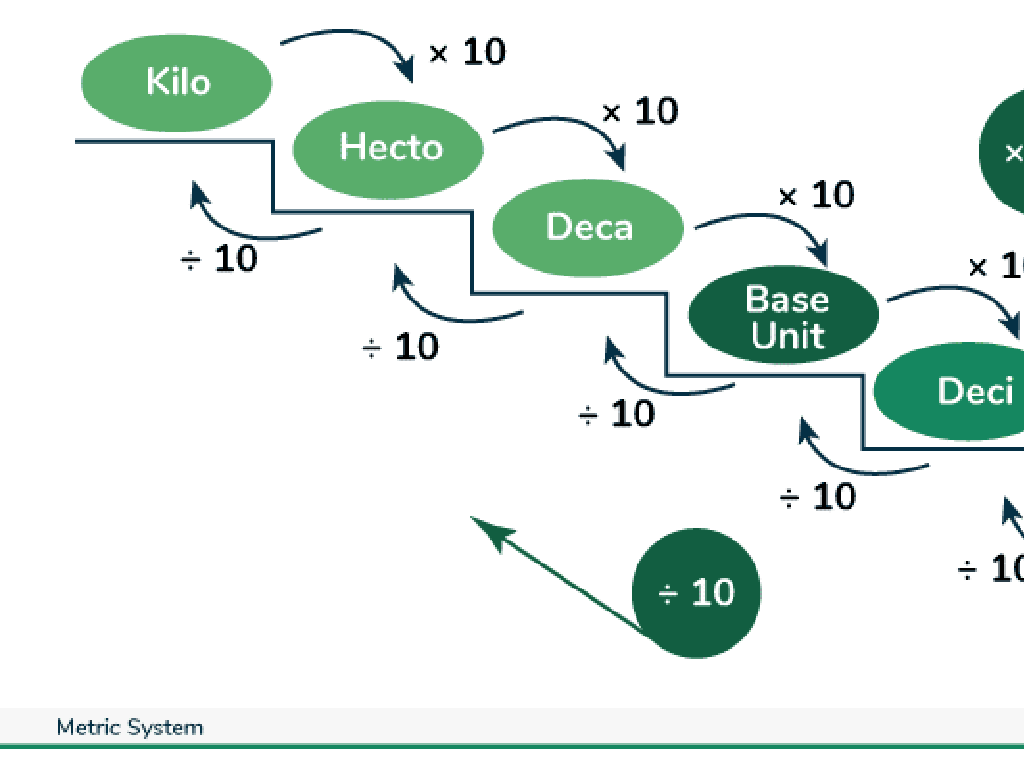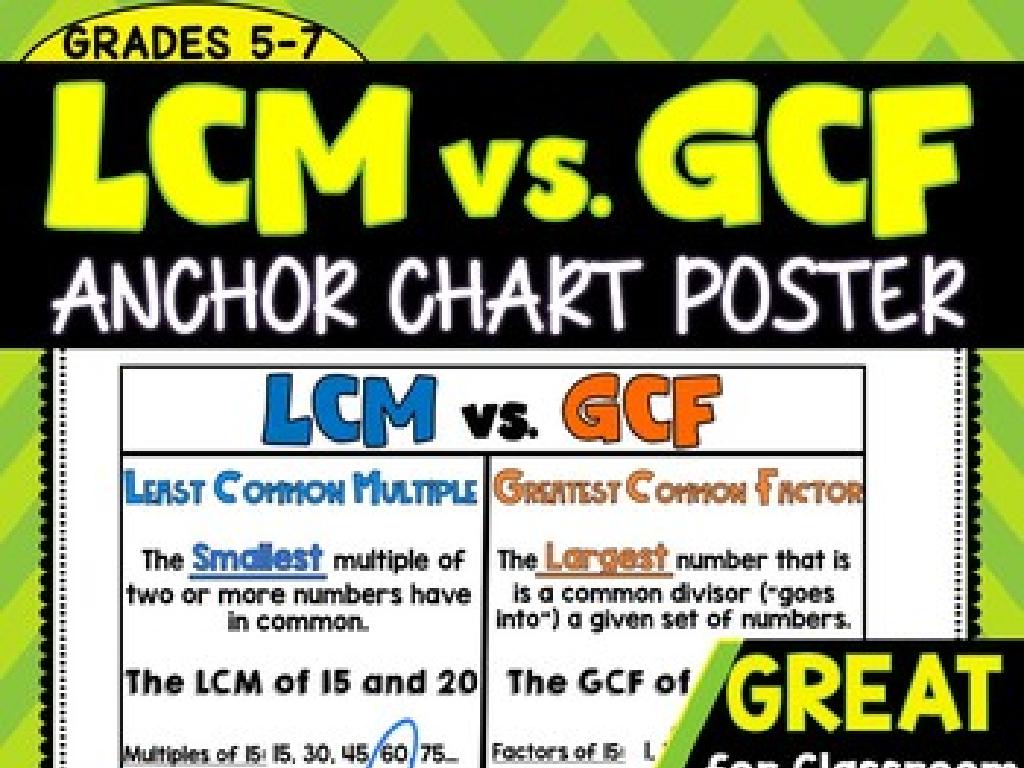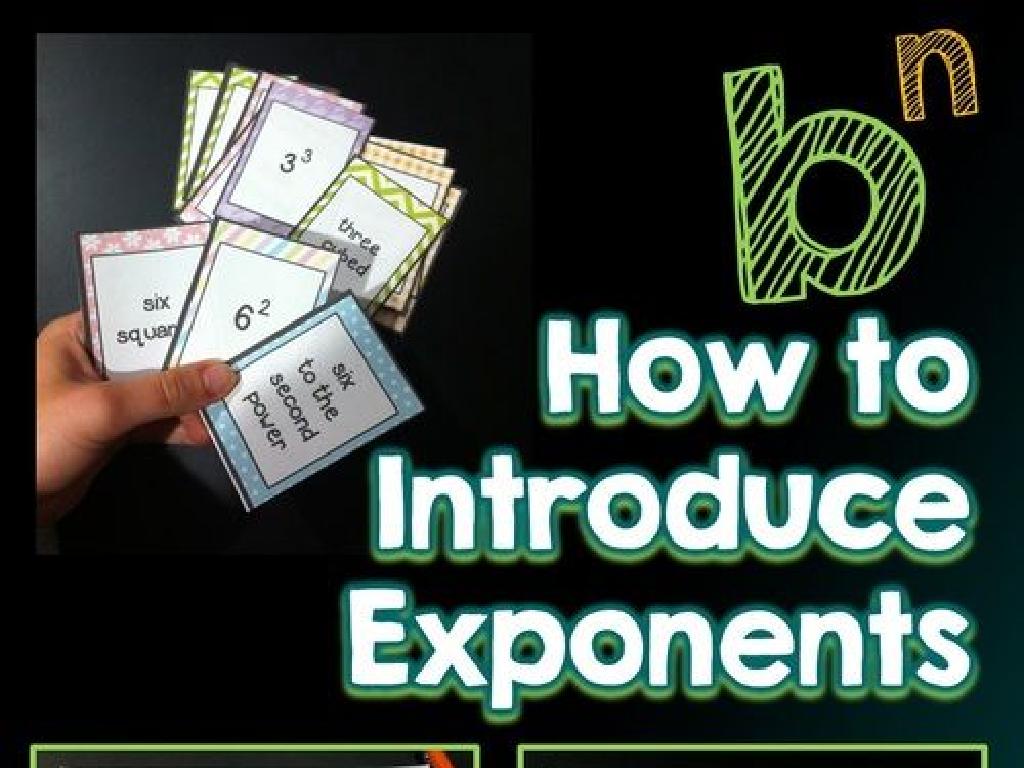Read Realistic Fiction
Subject: Language arts
Grade: Kindergarten
Topic: Read-Alone Literary Texts
Please LOG IN to download the presentation. Access is available to registered users only.
View More Content
Welcome to Storytime: Exploring Realistic Fiction
– Discover the world of stories
– Learn about realistic fiction
– Stories that seem true but are made up
– Stories that feel real
– They have believable characters and events
– Imagine stories in our world
– Think of pretend play that tells a story
|
This slide introduces kindergarteners to the concept of realistic fiction, a genre of stories that mimic real life but are created from the author’s imagination. The aim is to help students differentiate between fantasy and realistic fiction by emphasizing that the events and characters in these stories could exist in the real world. Engage the students by relating the concept to their experiences of pretend play, where they enact scenarios that could happen. Encourage them to think of examples from their lives that could make a realistic story. This will set the foundation for them to understand and appreciate the genre as they read and discuss examples in class.
Exploring Realistic Fiction
– Realistic fiction feels true
– The stories are pretend, but they could happen in real life.
– Characters seem like real people
– They have problems, feelings, and adventures like we do.
– Settings are familiar places
– Like our home, school, or park we play in.
– Stories show everyday life
|
This slide introduces the concept of realistic fiction to Kindergarten students. Emphasize that while these stories are not true, they are written to represent real-life scenarios that students can relate to. The characters behave like people they might know, and the settings are similar to places they might visit, making it easier for them to connect with the story. Encourage students to think about how the characters in these stories might feel and act in situations they could face themselves. Discuss the importance of realistic fiction in helping children understand the world around them and develop empathy for others.
Characters in Realistic Fiction
– Characters: people or animals
– They have feelings and choices
– Think about how you feel and decide things
– Characters learn lessons
– Like us, they grow and change
– Meeting book characters
– We’ll explore characters from a story
|
This slide introduces the concept of characters in realistic fiction to Kindergarten students. Emphasize that characters can be people or animals, and they are like real individuals with emotions and the ability to make decisions. Highlight that, through the story, characters often learn important lessons, just as children do in their lives. Use a familiar and age-appropriate realistic fiction book to introduce characters and discuss their actions and growth throughout the story. Encourage the children to think about how the characters’ experiences might relate to their own lives.
Exploring Settings in Realistic Fiction
– Understanding story settings
– The setting is the ‘where’ of a story
– Settings are real places
– Think of places you go every day
– Examples: home, school, park
– Your house, your classroom, or the playground
– Imagine your own story setting
– What’s a special place you love? That could be a setting!
|
This slide introduces the concept of settings within realistic fiction, tailored for a kindergarten audience. Emphasize that settings are places where stories happen and they are often places that children are familiar with. Encourage the children to think of their own favorite places where they could imagine a story unfolding. This will help them connect personally with the concept of setting and understand that stories take place in real, relatable locations. Use visual aids or props to illustrate different settings and ask the children to describe what makes those places suitable for a story. This interactive approach will help them grasp the idea of setting in a tangible way.
Listening to a Realistic Fiction Story
– Teacher reads a story aloud
– Focus on characters and setting
– Characters are like real people, setting is like real places
– Understand what feels real
– Does the story remind you of real life?
– Reflect on the story’s realism
|
In this activity, the teacher will read a realistic fiction story to the class, emphasizing the importance of listening carefully. Students should pay special attention to the characters and the setting, which are crafted to resemble real life. Encourage the children to think about aspects of the story that seem real and relatable to their own experiences. After the reading, facilitate a discussion where students can share their thoughts on what made the story realistic and how it relates to the real world. This exercise will help develop their listening skills and enhance their understanding of realistic fiction.
Discussing Our Story
– What did characters do?
– Think about the actions and adventures.
– How did the setting look?
– Imagine the places where the story happened.
– Story similar to your life?
– Does the story feel like something you’ve experienced?
|
This slide is aimed at helping Kindergarten students engage with realistic fiction by relating it to their own experiences. Start by asking them about the characters’ actions to gauge their understanding of the story. Then, encourage them to describe the setting, which helps them visualize and remember details. Lastly, ask if the story reminds them of anything in their own lives, which fosters personal connections to the reading material. This exercise not only improves comprehension but also encourages empathy and personal reflection. Be prepared to share examples from common childhood experiences to help them make connections.
Create Your Own Realistic Fiction Story
– Imagine your own story
– Create real-life characters
– Think of people you know or would like to meet
– Choose a setting that exists
– Places like home, school, or the park
– Draw your story’s picture
– Use colors and shapes to show your story
|
This slide is designed to inspire creativity in young students by having them create their own realistic fiction stories. Encourage them to draw from their own experiences and surroundings to think of characters that could be their friends or family and settings that are familiar to them, such as their home or local park. Provide them with drawing materials and help them as they illustrate their story. Once completed, organize a show-and-tell session where each student can present their drawing and explain the story behind it. This activity will help develop their storytelling skills and their ability to recognize realistic elements in fiction.
Class Activity: Story Circle Time!
– Sit in a circle with friends
– Each friend tells a part of a story
– Make the story realistic
– Think of everyday events like playing or going to the park
– We’ll create a fun story together
|
This activity is designed to encourage creativity while understanding the concept of realistic fiction. Guide the children to sit in a circle and explain that they will each contribute to a story. Remind them that the story should be about things that can really happen. Provide prompts if they get stuck, such as talking about a day at school, a trip to the zoo, or a birthday party. As each child adds to the story, ensure they understand the sequence of events. Have a few story starters ready in case they need help beginning. This activity will help them grasp the concept of realistic fiction and enhance their storytelling skills.






